
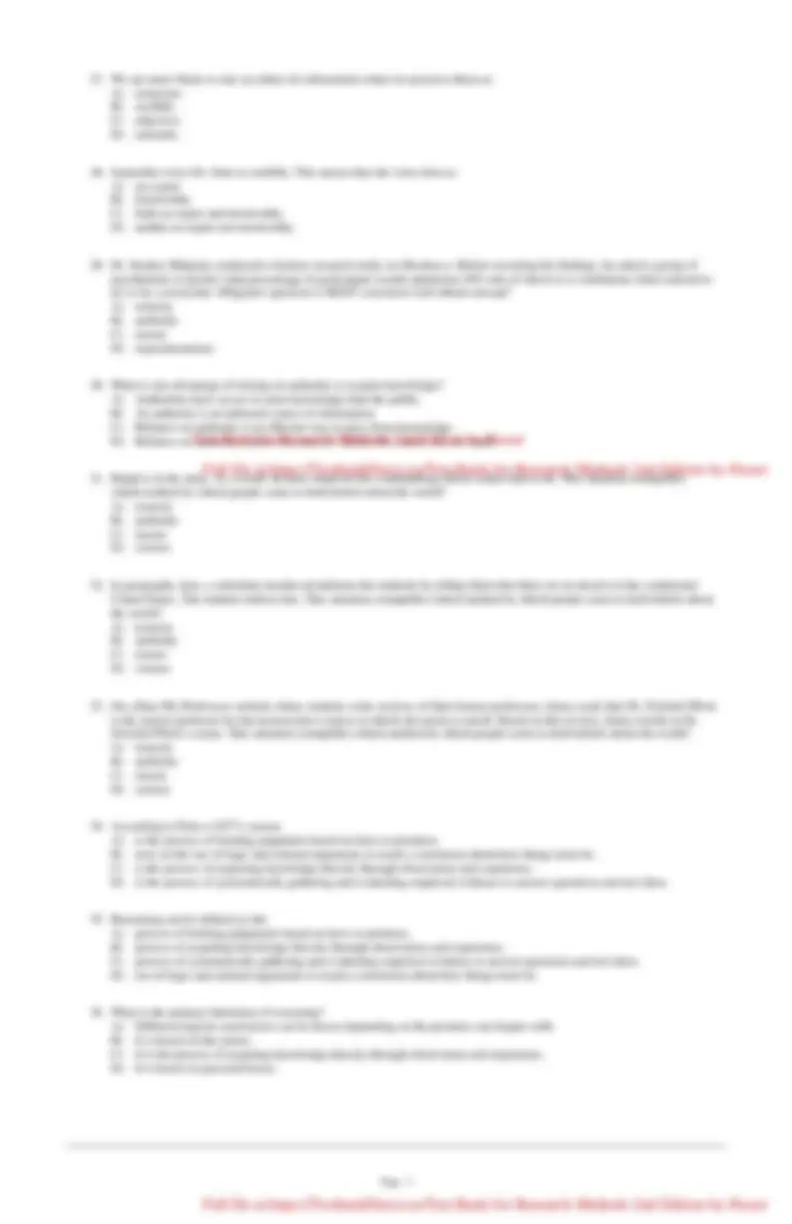
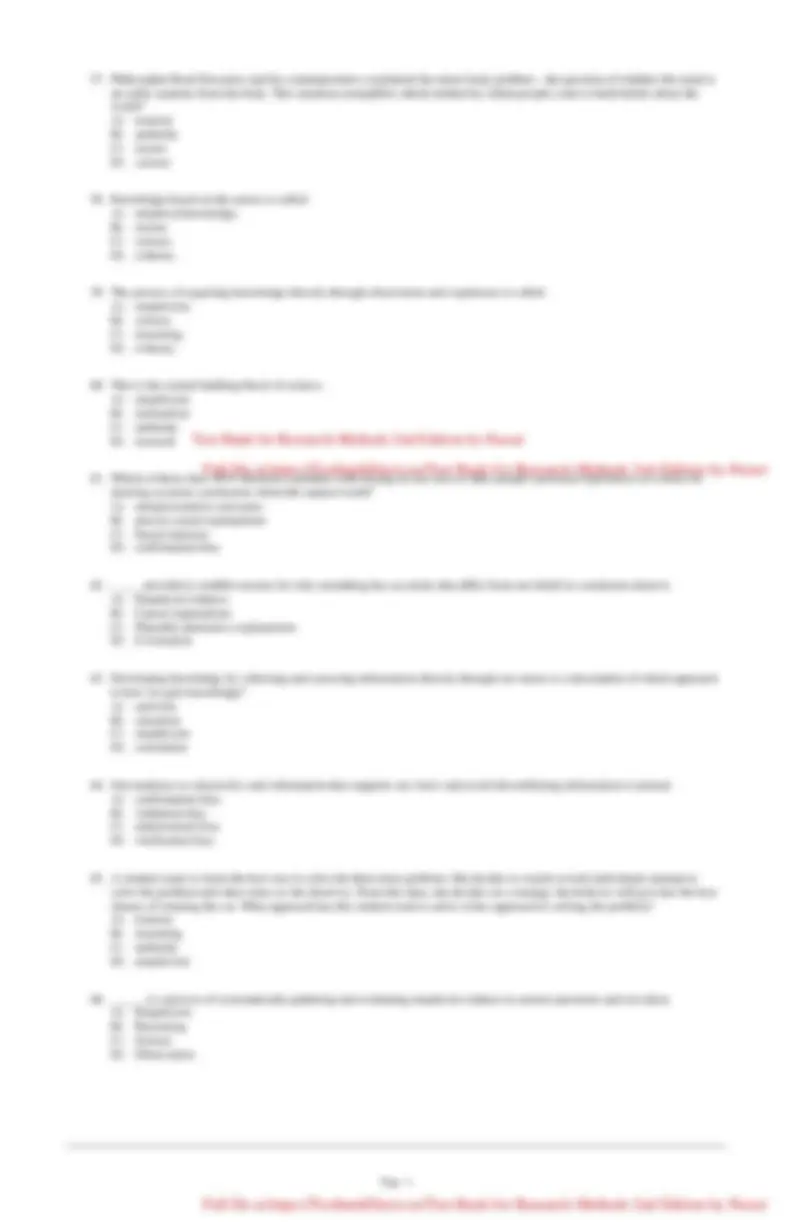
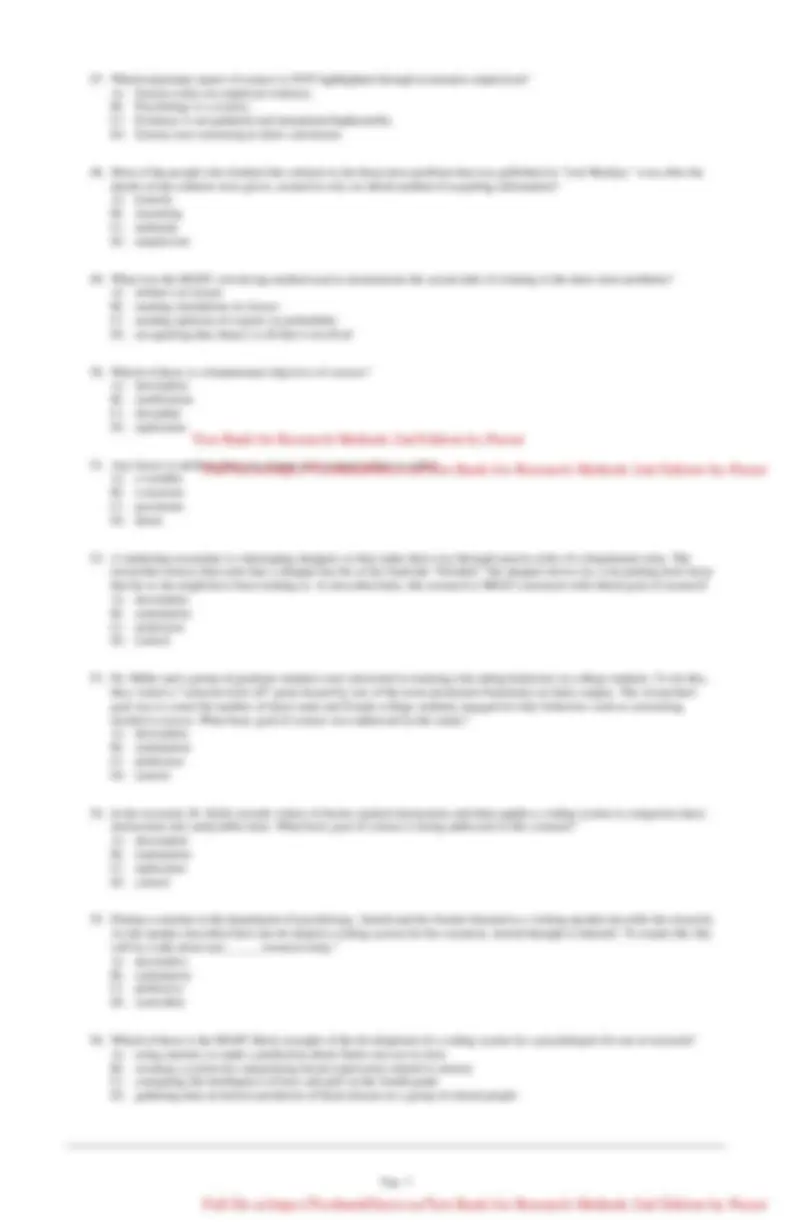
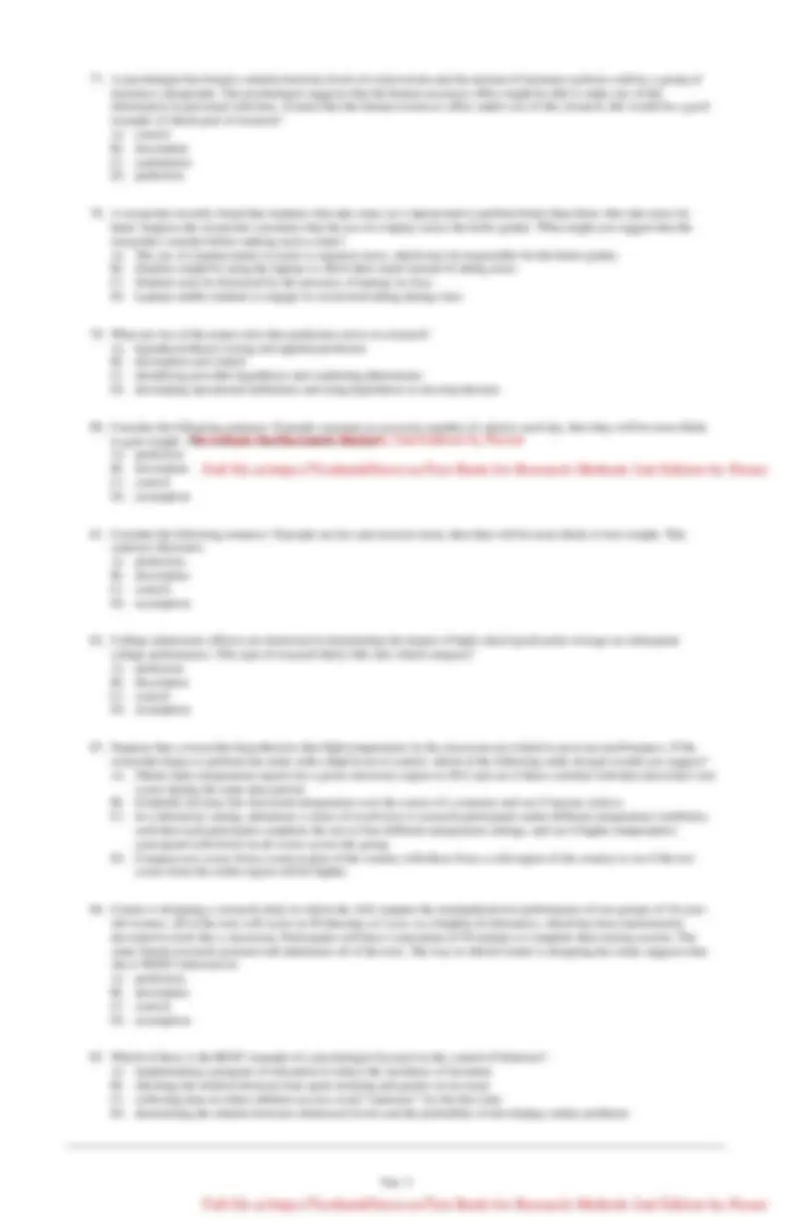
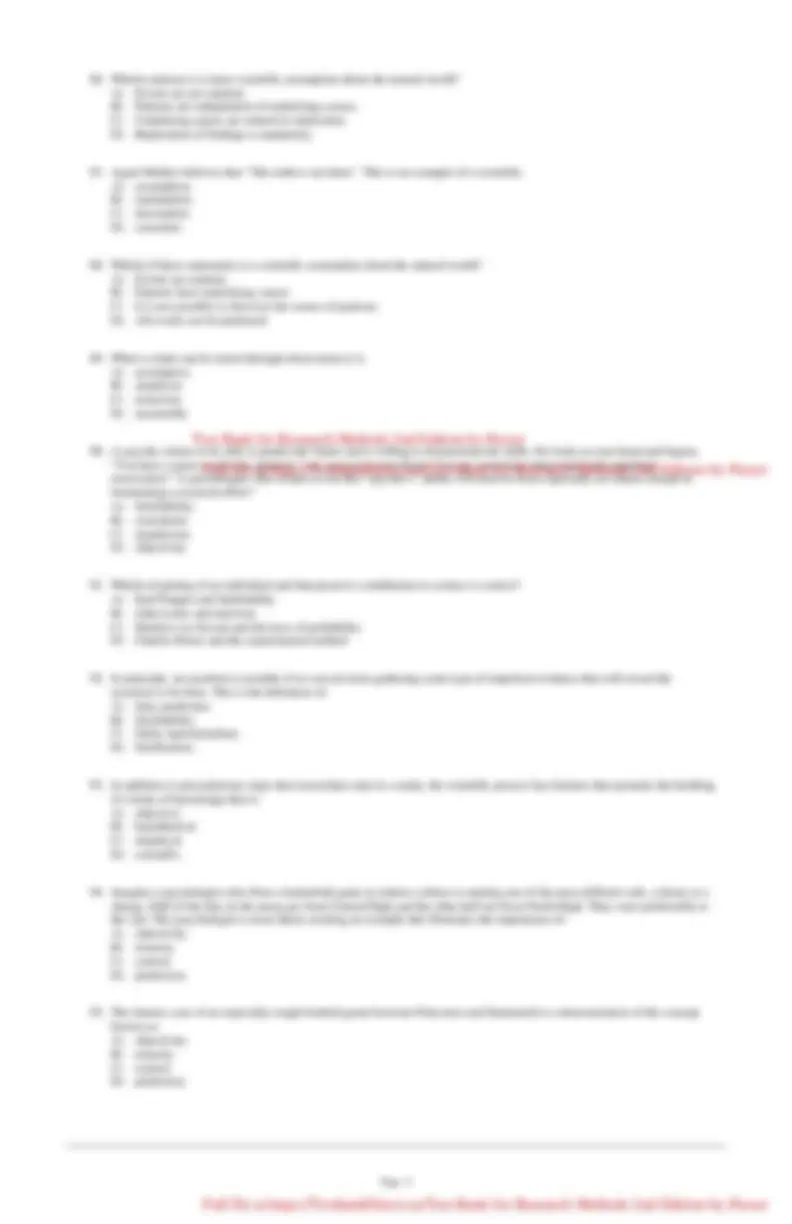
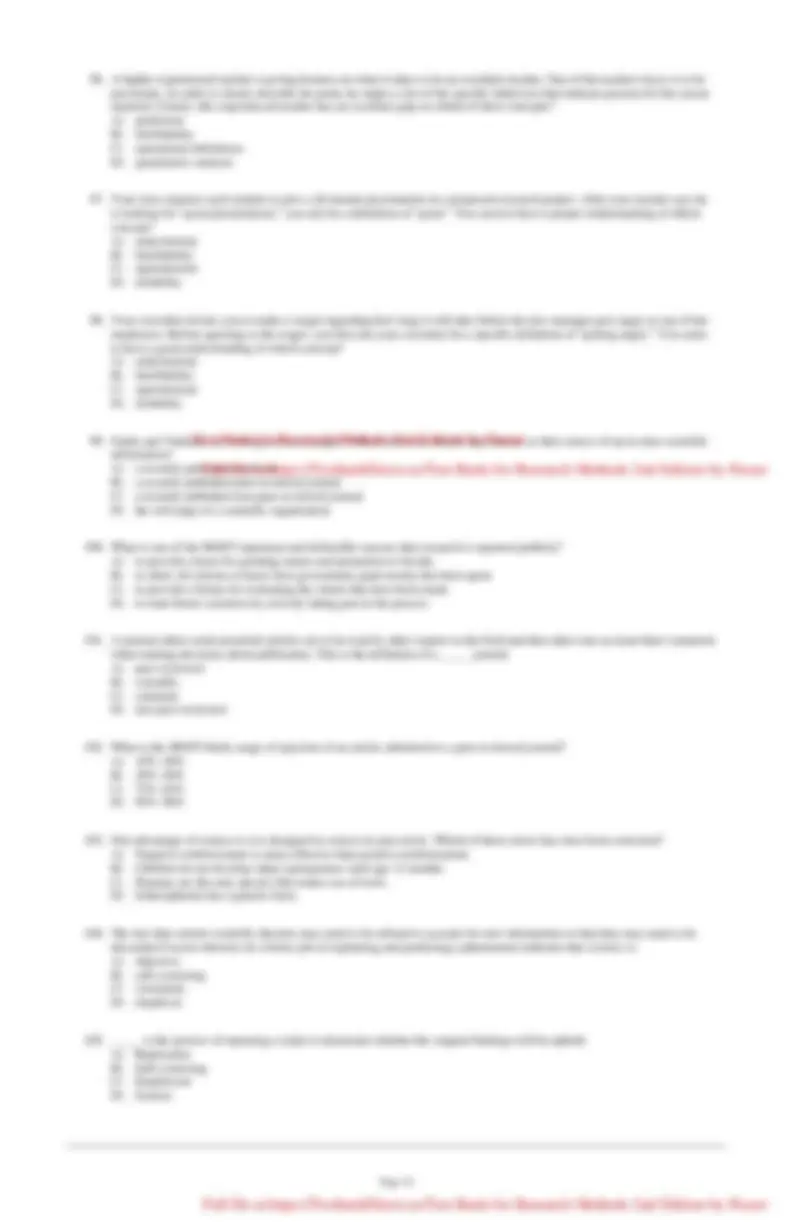
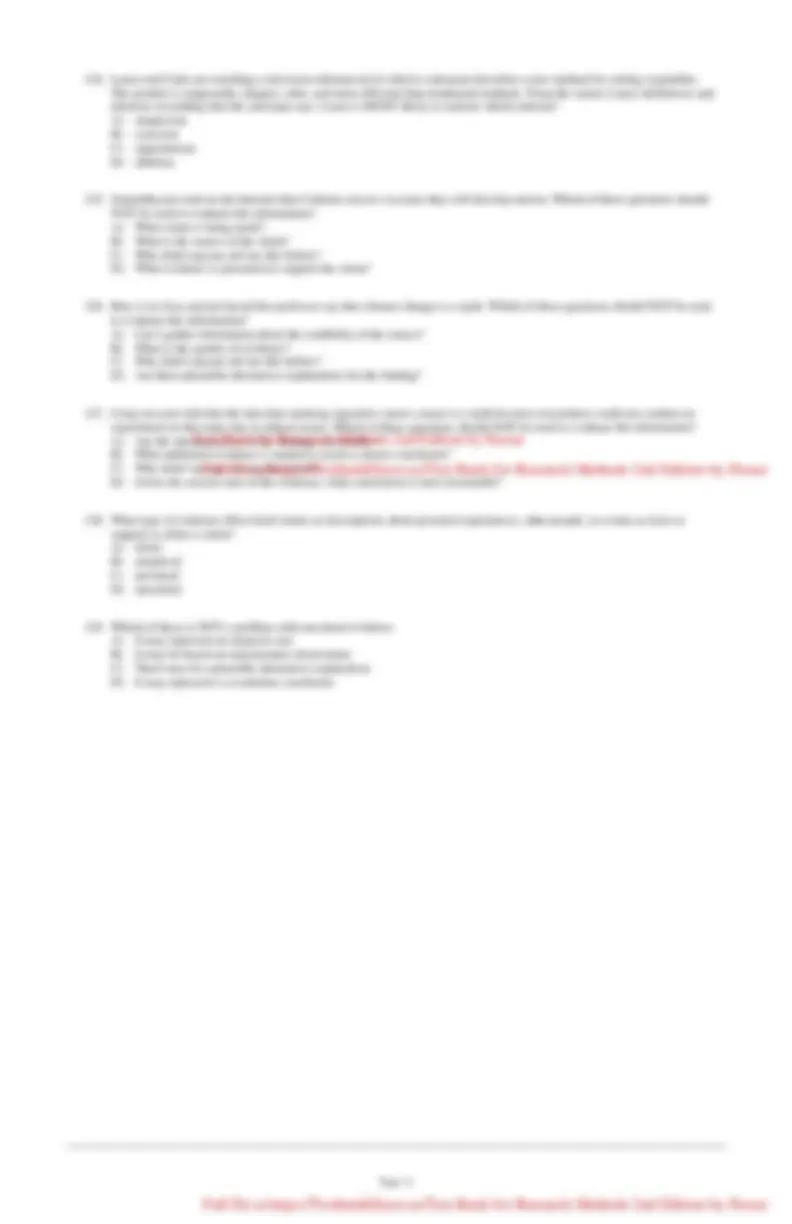
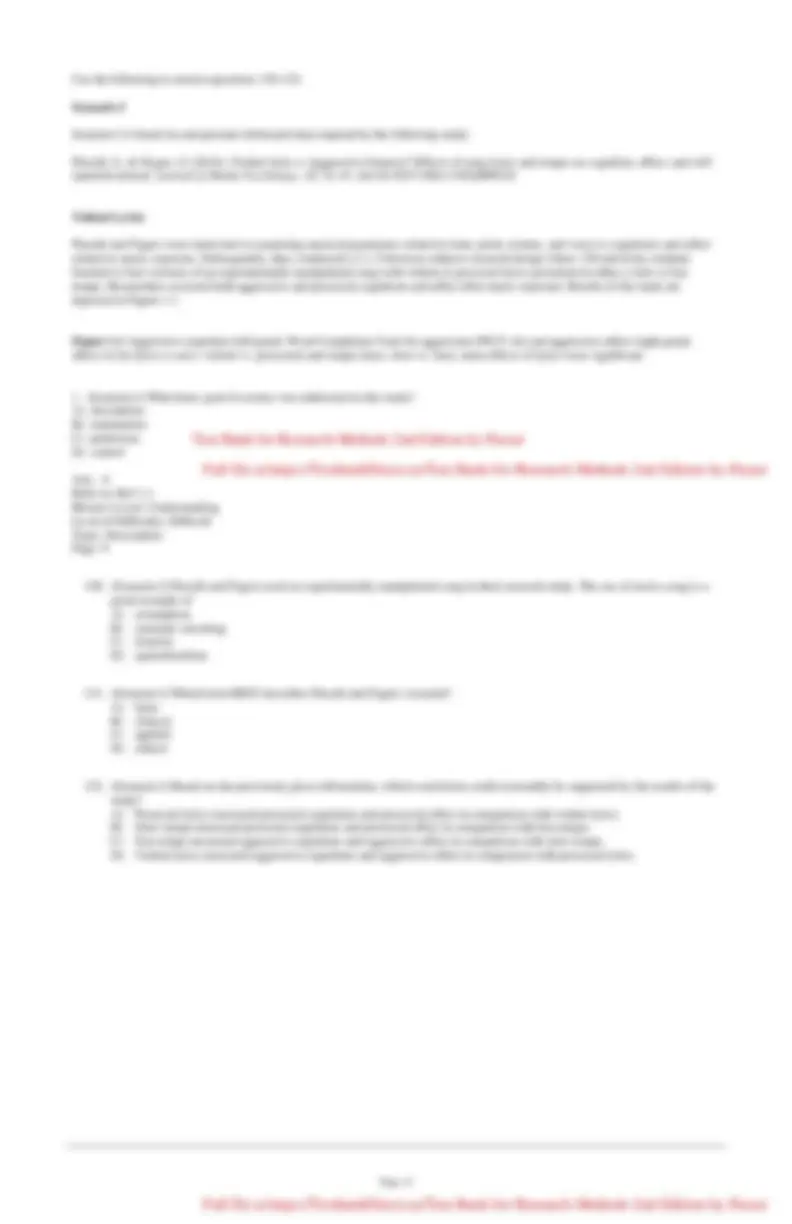
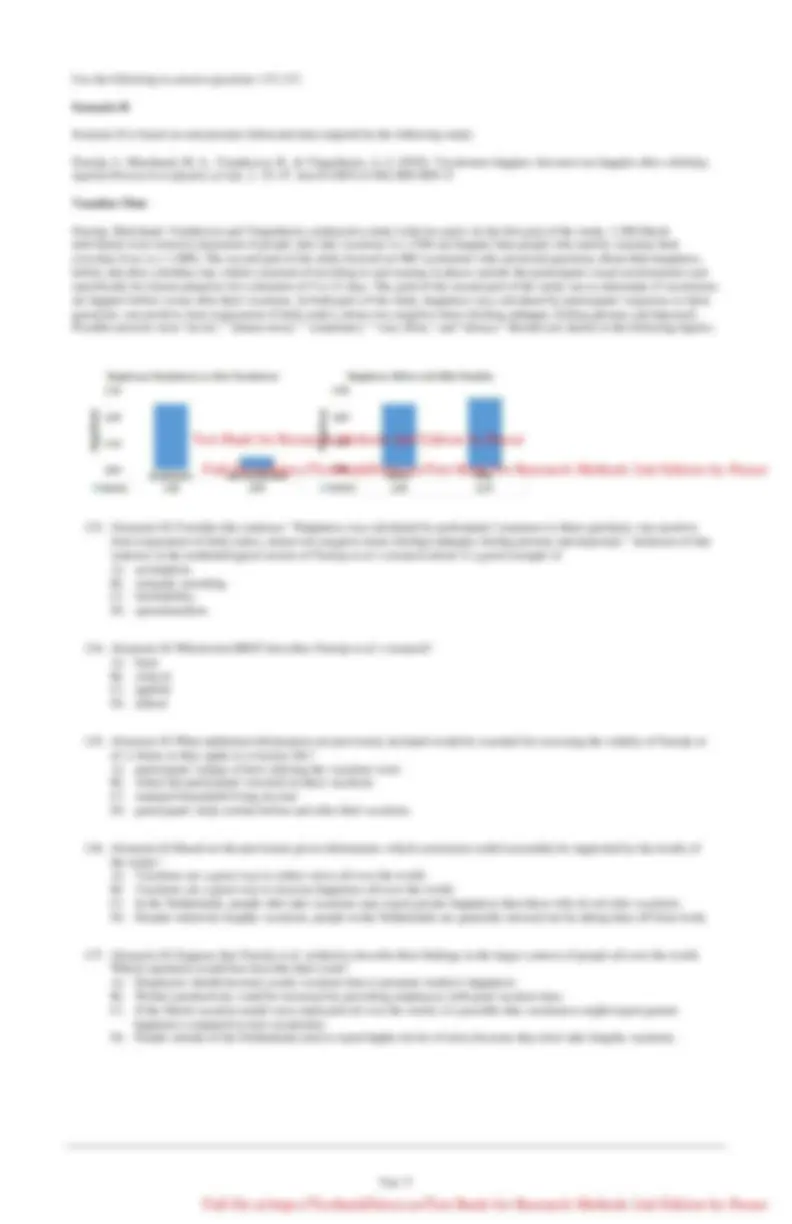
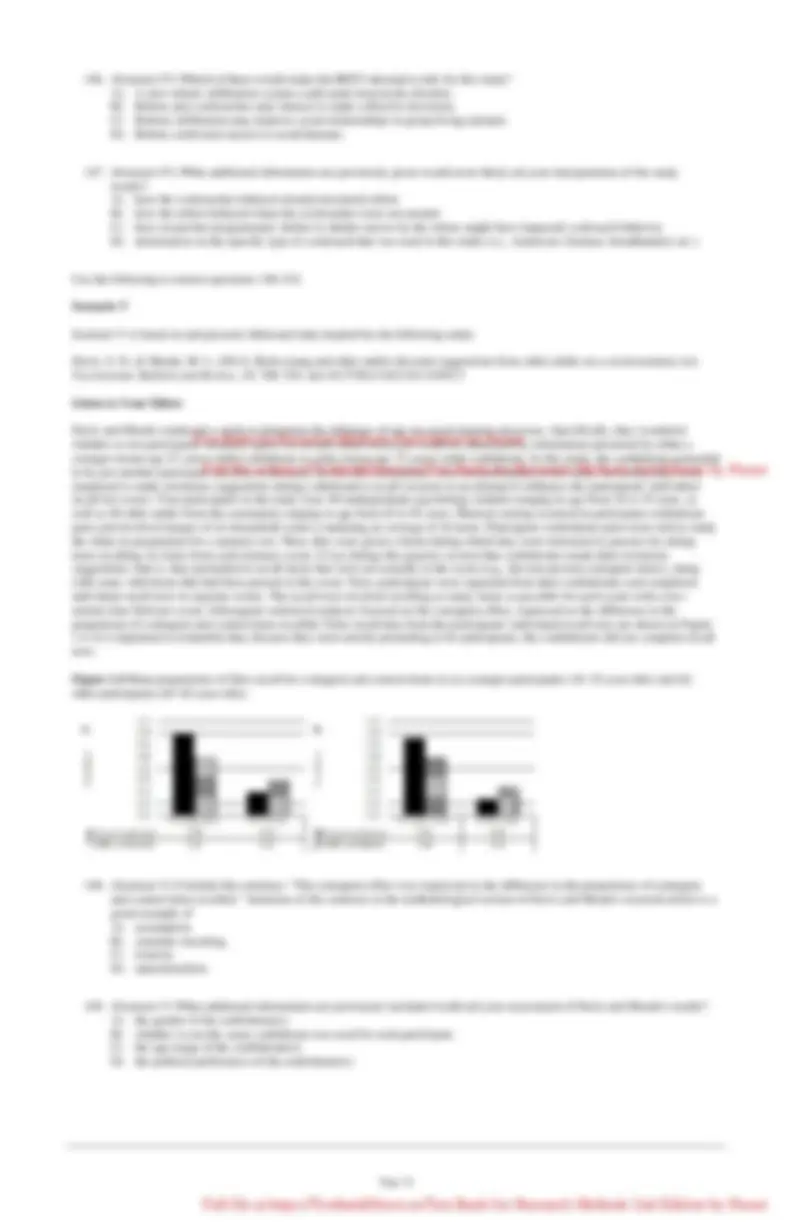
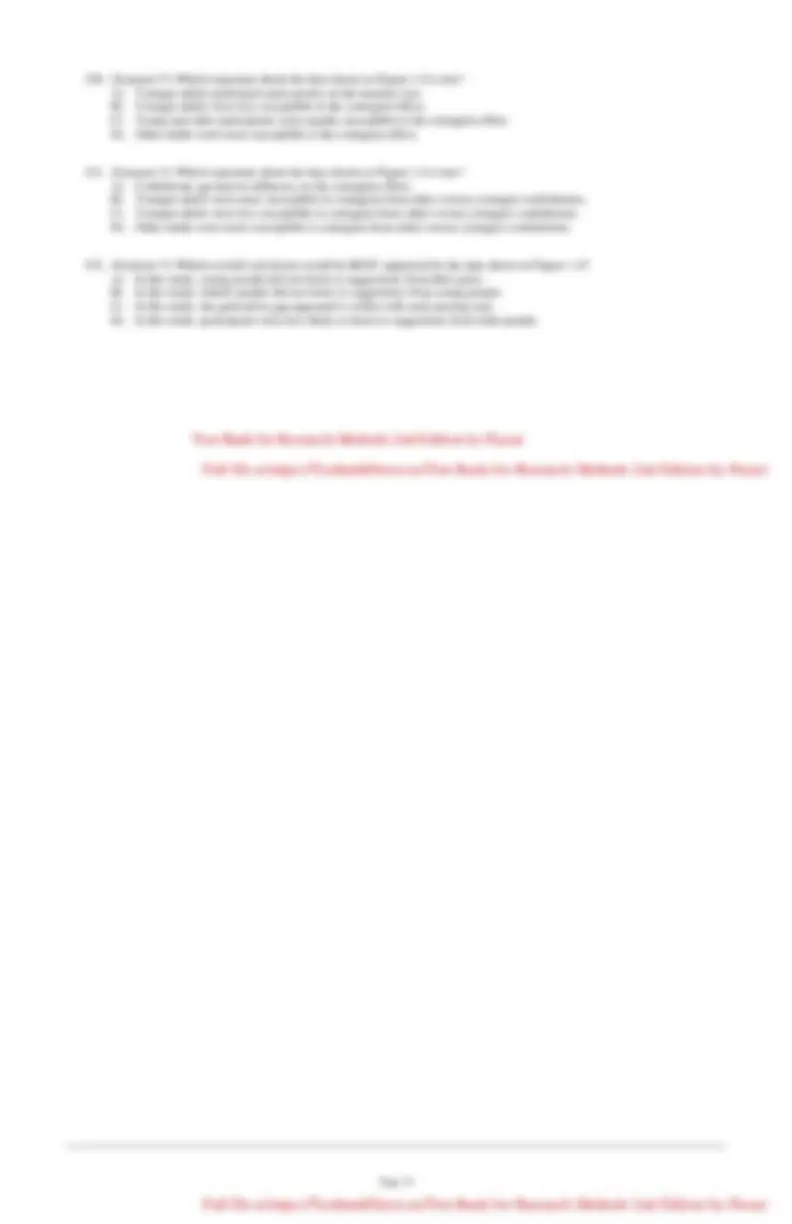
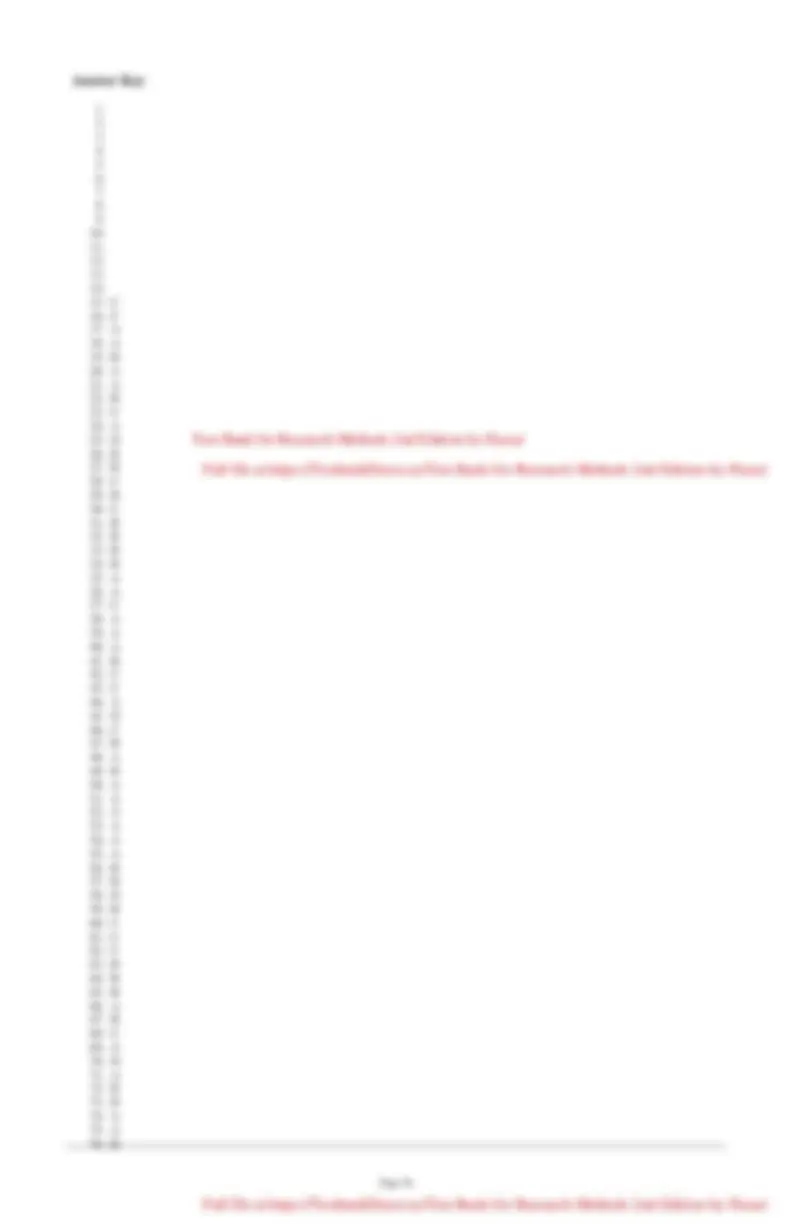
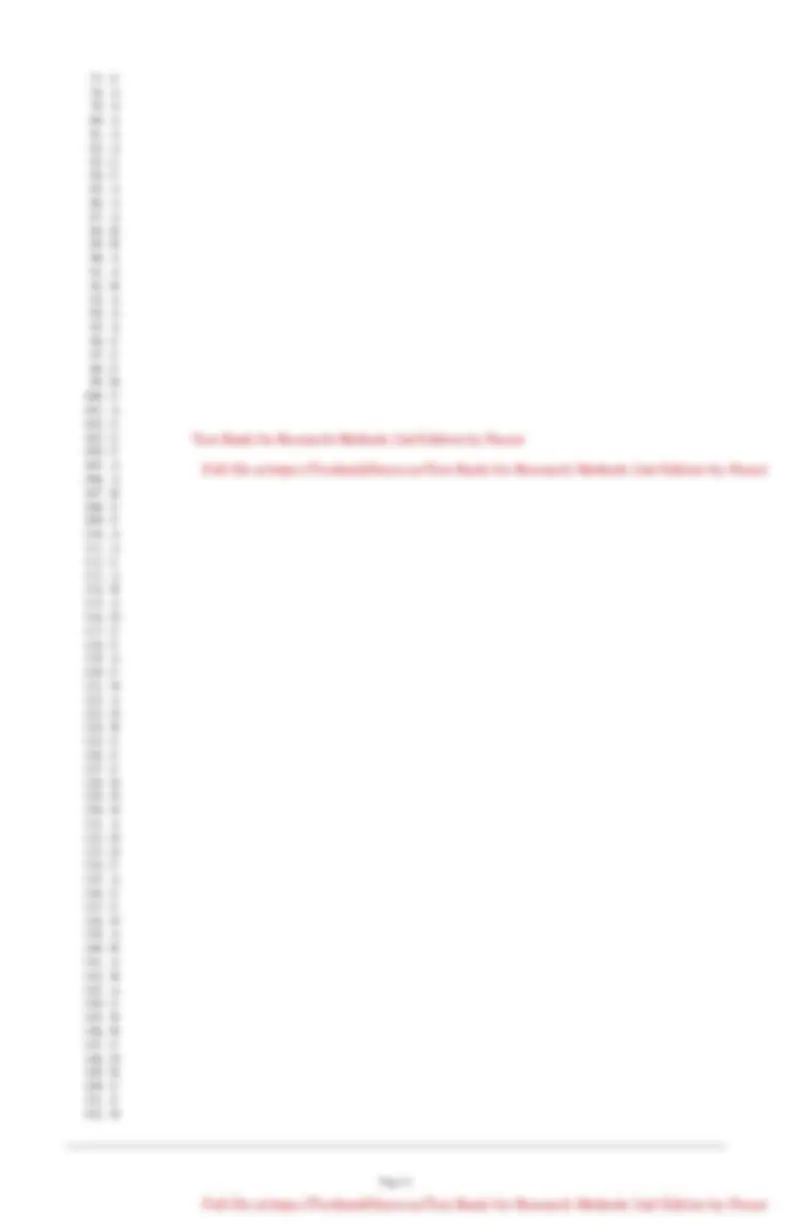


Study with the several resources on Docsity

Earn points by helping other students or get them with a premium plan


Prepare for your exams
Study with the several resources on Docsity

Earn points to download
Earn points by helping other students or get them with a premium plan
Community
Ask the community for help and clear up your study doubts
Discover the best universities in your country according to Docsity users
Free resources
Download our free guides on studying techniques, anxiety management strategies, and thesis advice from Docsity tutors
aaaaaaaaaaaaaaaaaaaaaaaaaaaaaaaaaaaaaaaaaaaaaaaaaaaaaaaaaaaaaaaaaaaaaaaaaaaaaaaaaaaaaaaaaaaaaaaaaaaaaaaaaaaaaaaaaaaaaaaaaaaaaaaaaaaaaaaaaaaaaaaaaaaaaaaaaaaaaaaaaaaaaaaaaaaaaaaaaaaaaaaaaaaaaaaaaaaaaa
Typology: Essays (university)
1 / 21

This page cannot be seen from the preview
Don't miss anything!














Name: __________________________ Date: _____________
Page 1
Page 2
Page 4
Page 5
Page 7
Page 8
Page 10
Page 11
Page 13
Use the following to answer questions 130-132:
Scenario I
Scenario I is based on and presents fabricated data inspired by the following study:
Pieschl, S., & Fegers, S. (2016). Violent lyrics = Aggressive listeners? Effects of song lyrics and tempo on cognition, affect, and self- reported arousal. Journal of Media Psychology, 28, 32–41. doi:10.1027/1864-1105/a
Violent Lyrics
Pieschl and Fegers were interested in examining musical parameters related to time, pitch, texture, and voice to cognitions and affect related to music exposure. Subsequently, they conducted a 2 × 2 between-subjects research design where 120 university students listened to four versions of an experimentally manipulated song with violent or prosocial lyrics presented in either a slow or fast tempo. Researchers assessed both aggressive and prosocial cognitions and affect after music exposure. Results of the study are depicted in Figure 1.1.
Figure 1.1 Aggressive cognition (left panel, Word Completion Task for aggression [WCT-A]) and aggressive affect (right panel, affect-A) by lyrics ( x -axis: violent vs. prosocial) and tempo (bars: slow vs. fast); main effects of lyrics were significant.
Ans: A Refer to: Ref 1- Bloom's Level: Understanding Level of Difficulty: Difficult Topic: Description Page: 9
Page 14
Use the following to answer questions 138-142:
Scenario III
Scenario III is based on and presents fabricated data inspired by the following study:
Shaffer, D. M., Krauchunas, S. M., Eddy, M., & McBeath, M. K. (2004). How dogs navigate to catch Frisbees. Psychological Science, 15, 437–441. doi:10.1111/j.0956-7976.2004.00698.x
How Are Dogs Like Baseball Players?
Previous studies have established the mechanisms by which human baseball players are able to visually track fly balls with complex trajectories and directional changes by maintaining a constant optical angle between themselves and their target. Shaffer, Krauchunas, Eddy, and McBeath conducted a study to determine to what extent nonhuman species might use similar mechanisms to intercept another common type of target—a Frisbee. Participants in this study included two dogs, one springer spaniel (Dog A) and one border collie (Dog B), both of which were experienced in catching Frisbees. Micro-video cameras were attached to the heads of the dogs using ace bandages. Battery packs and transmitters were attached on the dogs' backs. This camera setup enabled researchers to record the optical trajectories of the Frisbees as the dogs moved toward them. The Frisbees were launched with varying forces and trajectories, sometimes resulting in dramatic changes in speed and direction mid-flight. Sixty trials were recorded in which the dogs successfully caught the Frisbees. Results indicated that the viewer-based navigational strategies of dogs involved maintaining a constant optical angle between themselves and the Frisbees. Example trajectories are shown in Figure 1.2.
Figure 1.2 Examples of dogs tracking Frisbees. Solid lines represent vertical and horizontal axes. Lines with arrows indicate the paths of the Frisbees. Squares and circles represent the paths of the dogs.
Page 16
Use the following to answer questions 143-147:
Scenario IV
Scenario IV is based on and presents fabricated data inspired by the following study:
Halloy, J., Sempo, G., Caprari, G., Rivault, C., Asadpour, M., Tache, F.,... Deneubourg, J. L. (2007). Social integration of robots into groups of cockroaches to control self-organized choices. Science, 318, 1155–1158. doi:10.1126/science.
Robotic Cockroach Study
Halloy and colleagues were interested in studying collective decision making. To this end, the researchers created autonomous robots that could act as interactive decoys to infiltrate animal groups and then respond and adapt to the animals' behavior. The researchers tailored their robots for introduction to a group of cockroaches. The robots did not physically resemble cockroaches; they looked more like small boxes of kitchen matches on wheels. To facilitate their acceptance within the cockroach group, the robots were dressed with filter paper containing the proper concentration of the main molecules constituting male cockroach odor. In this way, the robots projected the appropriate chemical message for the cockroaches to recognize them as one of their group. The researchers introduced the robots and cockroaches to the experimental setup, which included a circular arena that housed two rest areas. The rest areas were made of plastic disks covered by red film, suspended 30 mm above the floor of the arena. This provided dark spaces under which the cockroaches and their robotic counterparts could rest or hide. The cockroaches and robots were free to move about the arena, spending their time in the lighted areas of the arena or under the darkened shelters as they saw fit. Two different conditions were used: (1) groups of 16 cockroaches only, and (2) mixed groups of 12 cockroaches and 4 robots. In each case, researchers observed the movements of group members, paying careful attention to issues of shared collective choice of time spent between the two identical shelters. Average results for 30 trials are shown in Figure 1.3.
Figure 1.3 Shelter occupancy of cockroach (C) and cockroach plus robot (C+R) groups. Mean differences shown were not statistically significant.
Page 17
Page 19
Page 20